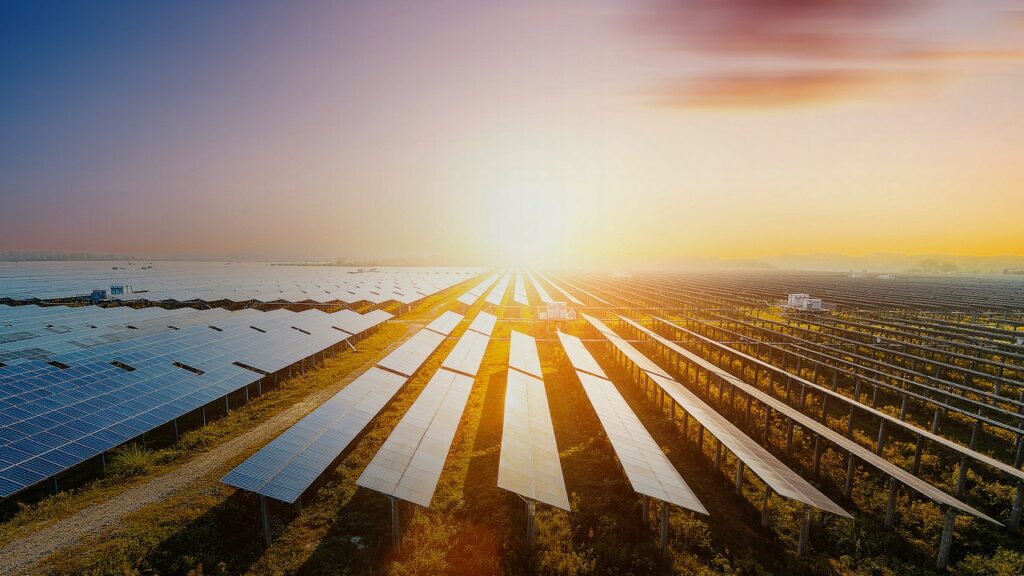Solar energy is becoming more affordable due to the decreasing cost and increasing efficiency of photovoltaic (PV) solar panels. However, it is important to consider more than just the price and power output of the panels. Factors such as the lifespan of the panels and their actual solar energy yield need to be taken into account.
Solar panels are rated based on their efficiency and power output under laboratory conditions. However, when installed outside, factors such as high temperatures, dirt and shading can reduce the actual energy yield. To address this issue, solar panel manufacturers are funding research to develop more durable modules that can generate more electricity even in less-than-ideal conditions.
One problem that researchers are tackling is the reduction in voltage caused by high temperatures, which can cause a significant decrease in electricity output. Backsheets, which serve as an electrical insulator and protect the module from environmental damage, are being improved to keep solar panels cooler.
Dirt can also accumulate on solar panels, causing energy yield losses of up to 10 percent. Research on environmental conditions and panel maintenance could help predict soiling and develop more effective dirt-resistant treatments
Shadows can also reduce energy yield, and permanent structures such as utility poles that shade parts of the module can cause damage over time. Researchers are focusing on increasing energy yield to help drive down the cost of solar power in the real world.

